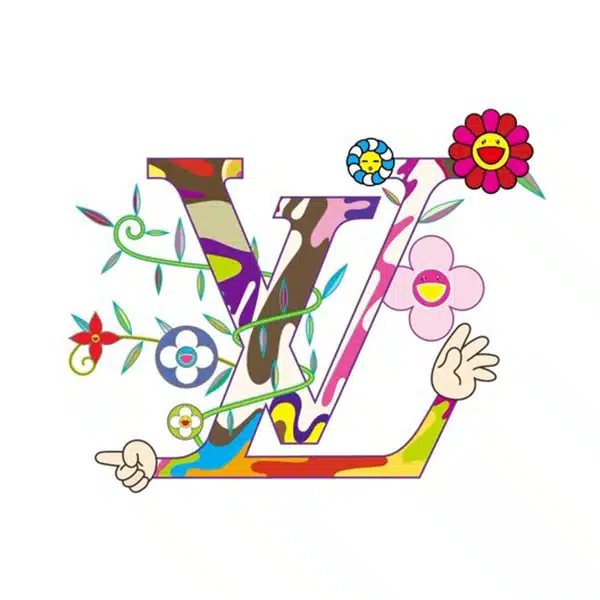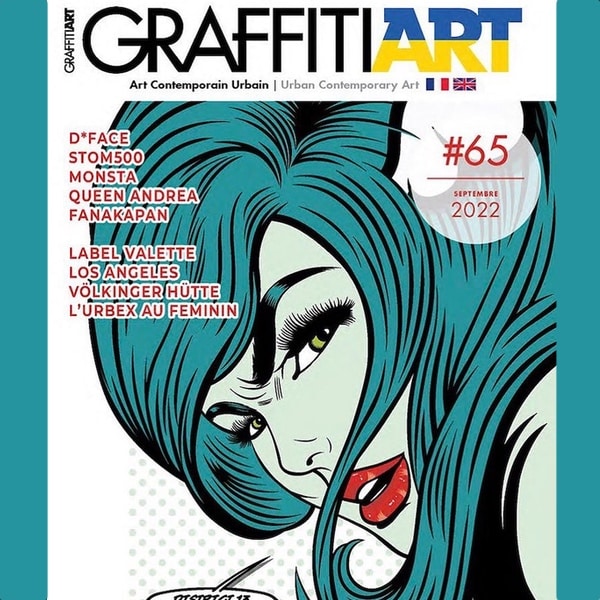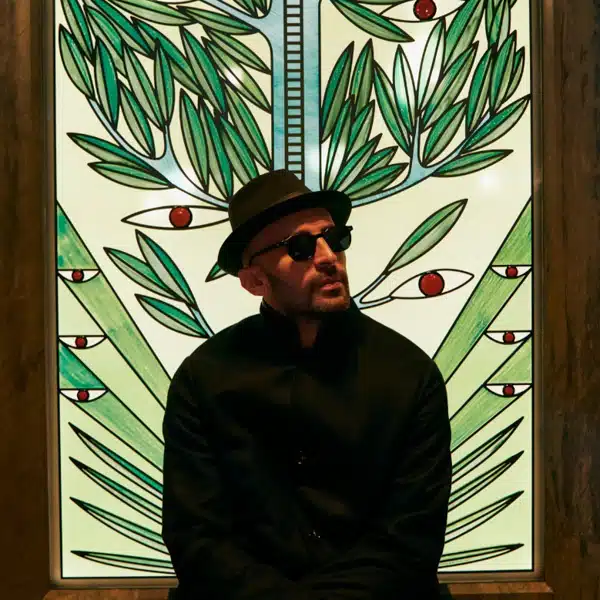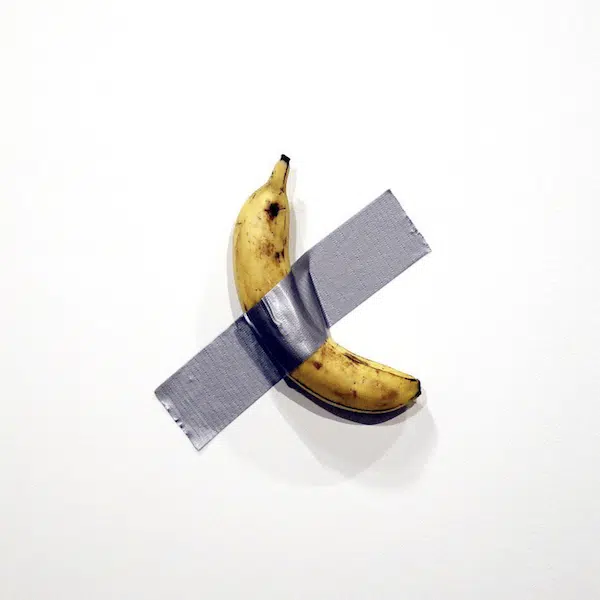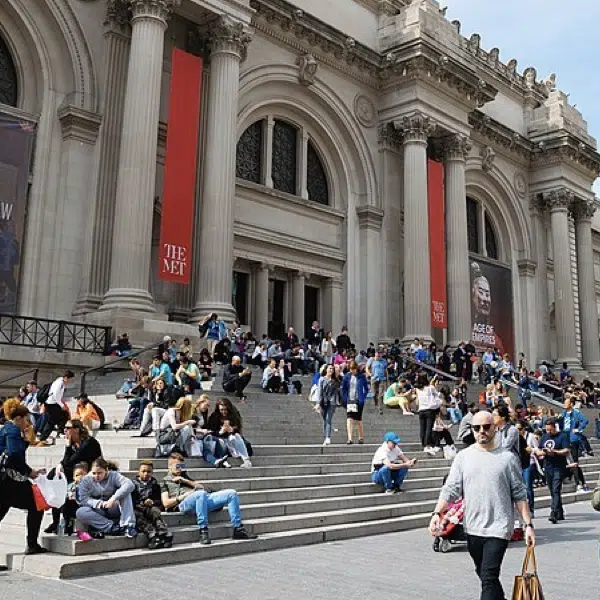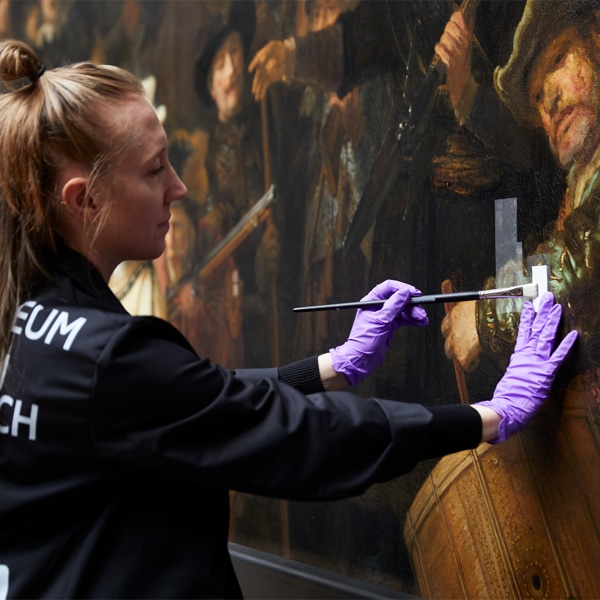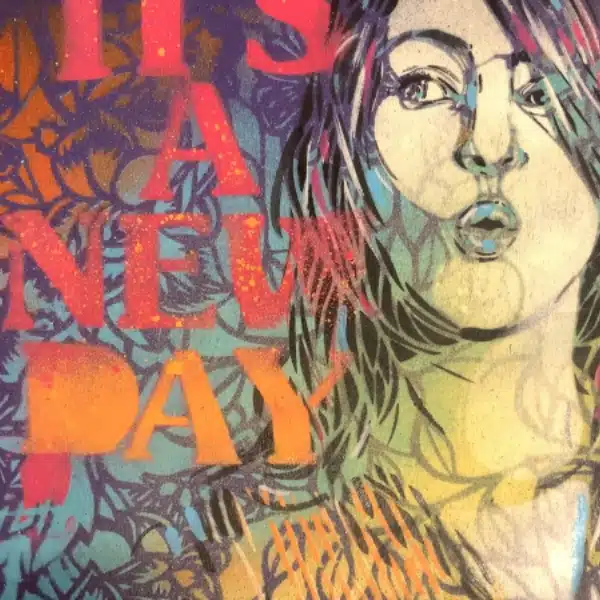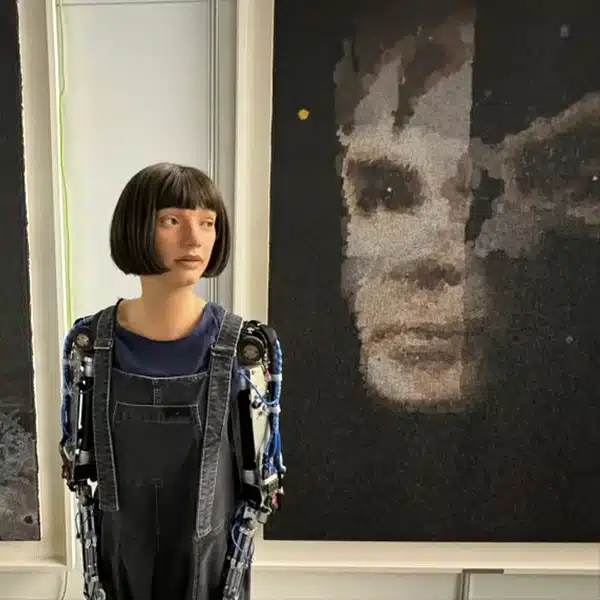View this post on Instagram
Often referred to as “the Warhol of Japan,” Takashi Murakami is known for blurring the line between art and consumerism. His brightly colored, cheerful work draws inspiration from the Japanese subculture of otaku, a term used to describe people devoted to all things pop culture. Through his art, Murakami explores Japan's contemporary culture as well as the West's ever-growing influence on it.
“We want to see the newest things,” Murakami says of his artistic philosophy. That is because we want to see the future, even if only momentarily. It is the moment in which, even if we don’t completely understand what we have glimpsed, we are nonetheless touched by it. This is what we have come to call art.”
Full Name | Takashi Murakami |
Born | February 1, 1962 (Tokyo, Japan) |
Notable Artwork | Mr. Dob series, Flowers |
Movement | Superflat |
Here are six fascinating facts about Japanese artist Takashi Murakami.
He is the founder of the artistic movement called Superflat.
View this post on Instagram
Superflat art is characterized by bold outlines, flat colors, and a lack of perspective and three-dimensional depth. In Japanese art, flat compositions are found throughout history, from ukiyo-e woodblock prints of the Edo period to contemporary manga and anime. Murakami coined the term “Superflat” in 2001 when he curated a touring exhibition of the same name. It showcased the work of 19 contemporary artists (including Murakami) who create with the “flat” aesthetic of traditional Japanese art while referencing the shallowness of Western consumerist culture.
According to Murakami, “flattening” not only refers to the flatness of the image but also the flattening of the divisions between high and low art as well as between art and consumer culture. In fact, many of Murakami’s Superflat works explore the consumerist culture of post-war Japan. The artist explains, “World War II was always my theme—I was always thinking about how the culture reinvented itself after the war.”
Murakami's signature character is Mr. DOB.
View this post on Instagram
Murakami’s first and most celebrated character, Mr. DOB, was revealed in 1992. The mouse-like mascot appears throughout his work in many different styles and colors but is always recognizable by its giant eyes, grinning face, and two ears. The left ear is inscribed with the letter “D,” and the right features the letter “B.”
Mr. DOB’s name derives from the Japanese phrase “dobojite” or “why?” This question reflects Murakami’s puzzled view of consumer society. The artist revealed that he came up with the design for Mr. DOB after researching the worldwide appeal of famous characters such as Walt Disney’s Mickey Mouse. “I set out to investigate the secret of market survivability,” he explains, “the universality of characters such as Mickey Mouse, Sonic the Hedgehog, Doraemon, Miffy, Hello Kitty, and their knock-offs, produced in Hong Kong.”
He loves flowers.
View this post on Instagram
Other than Mr. DOB, Murakami has another iconic character: the smiling flower. With 12 rounded petals and a happy face, the artist’s colorful flora is celebrated for its display of playful joy and innocence. Murakami’s fascination with flowers first began during the 1980s when he worked as a school teacher. As an artistic exercise, he would buy fresh blooms for his students to draw. He repeated this lesson almost daily for nine years, and over time he became fascinated by the many types of blooms and the “personalities” they have. Murakami’s flowers are now his most recognizable motif and have been featured in countless artworks and on products.
Murakami partnered with fashion brand Louis Vuitton.
View this post on Instagram
In 2002, Marc Jacobs—who at the time was the head designer of Louis Vuitton—invited Murakami to redesign the brand’s 2003 spring/summer accessory collection. Murakami broke down the trademark LV all-over logo print and recreated it with a colorful kawaii twist.
Murakami's Louis Vuitton designs laid the foundation for what resulted in a 13-year partnership, and his bags became a global sensation. The radical artist then began directly incorporating the Louis Vuitton motifs and patterns into his own paintings and sculptures. “Japanese people accept that art and commerce will be blended; and in fact, they are surprised by the rigid and pretentious Western hierarchy of ‘high art,'” Murakami remarks. “In the West, it certainly is dangerous to blend the two because people will throw all sorts of stones. But that’s okay—I’m ready with my hard hat.”
This isn’t Murakami’s only brush with the fashion industry. He has also collaborated with other well-known brands, including UNIQLO, Supreme, and Vans, to create colorful collections featuring his iconic art.
He has also collaborated with famous musicians.
In 2007, Murakami provided the cover artwork for rapper Kanye West‘s album, Graduation. Then in 2018, the pair worked together again when Murakami designed a new album cover for Kids See Ghosts.
Murakami also worked with Pharrell Williams when he created an animated character of the American singer for his official remix of the Jellyfish Eyes theme song. Williams and Murakami also collaborated on a sculpture, titled The Simple Things (2008-2009).
Murakami also worked with American singer-songwriter Billie Eilish to create the music video for her track, you should see me in a crown. The animated video features an anime version of Eilish, as well as Murakami's signature smiling flowers.
He's founder and president of the art collective Kaikai Kiki.
View this post on Instagram
In 1996, Murakami established the Hiropon Factory, a studio space that grew into an art production, gallery, and artist management company now known as Kaikai Kiki Co. The company aims to help young artists gain international exposure by curating exhibitions, helping to produce and sell merchandise, and by organizing a biannual art festival and convention in Tokyo. Kaikai Kiki began in Saitama, Japan in Asaka City, but now has offices in Tokyo and New York, as well as affiliates in Berlin and Taiwan.
Takashi Murakami: Facebook | Instagram | Twitter
Related Articles:
Billie Eilish Releases Music Video Collaboration with Japanese Artist Takashi Murakami
Takashi Murakami Premieres First Retrospective Exhibition in Canada
What is Kawaii? Discover What Led to Japan’s Culture of Cuteness











































































